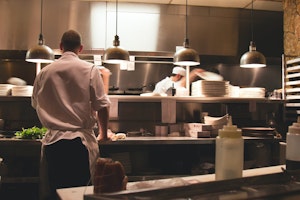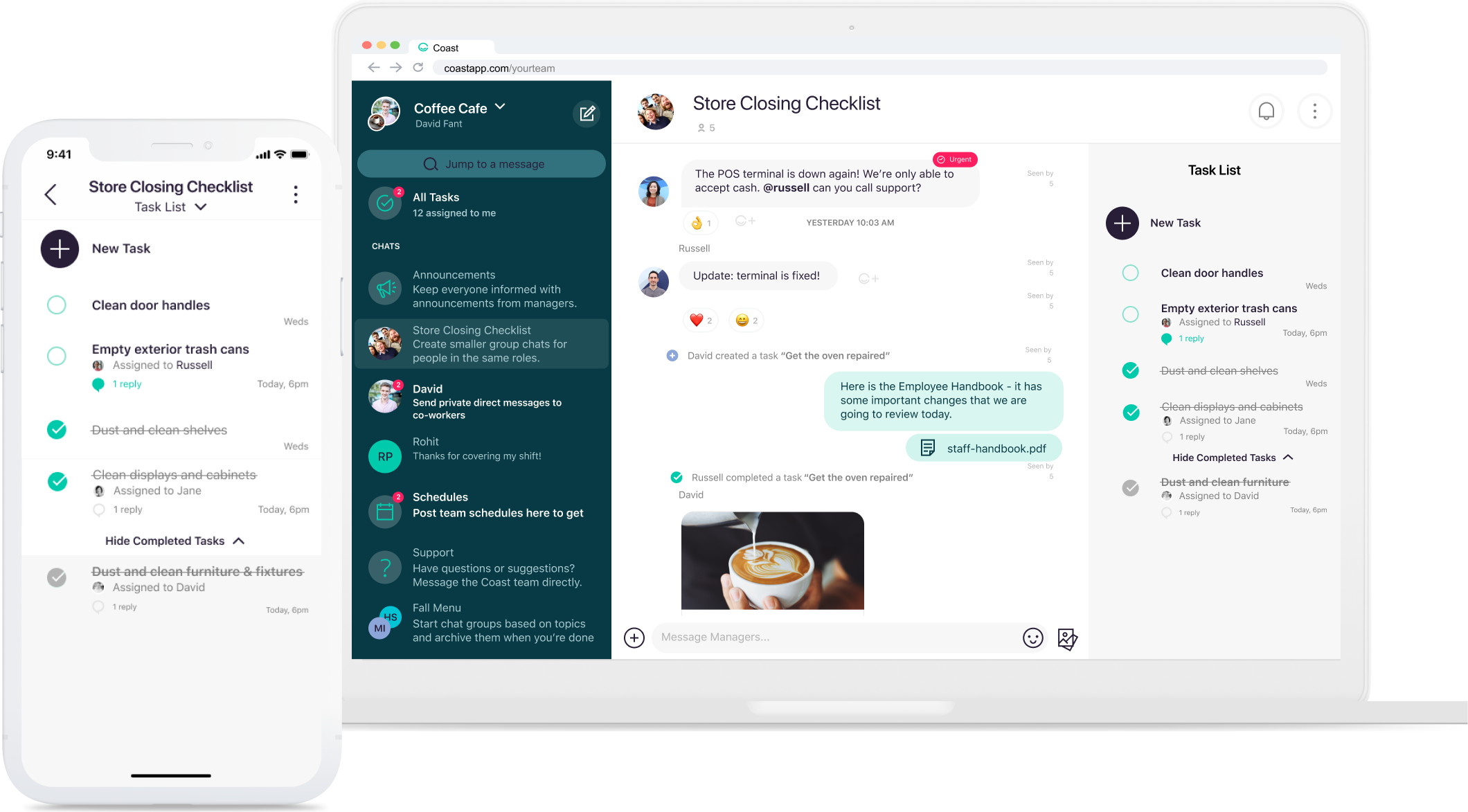Save, edit or create custom templates like this with Coast.
Try Coast for FreeIntro
Do you own or manage an amazing restaurant that you’re confident customers would just love…if only they knew about it? Perhaps you’re new to the restaurant scene, or maybe your establishment is situated in a less popular part of town. Either way, you’ll need a marketing plan to increase business.
If you’re a restaurant proprietor or manager seeking marketing strategies for your establishment, you’re in luck. We’ve compiled a few effective (and easy) ideas to support you in getting the word out about your restaurant. You can even start right now—these simple steps are that doable!
Download Template
Excel
Invest in Your Website & Design
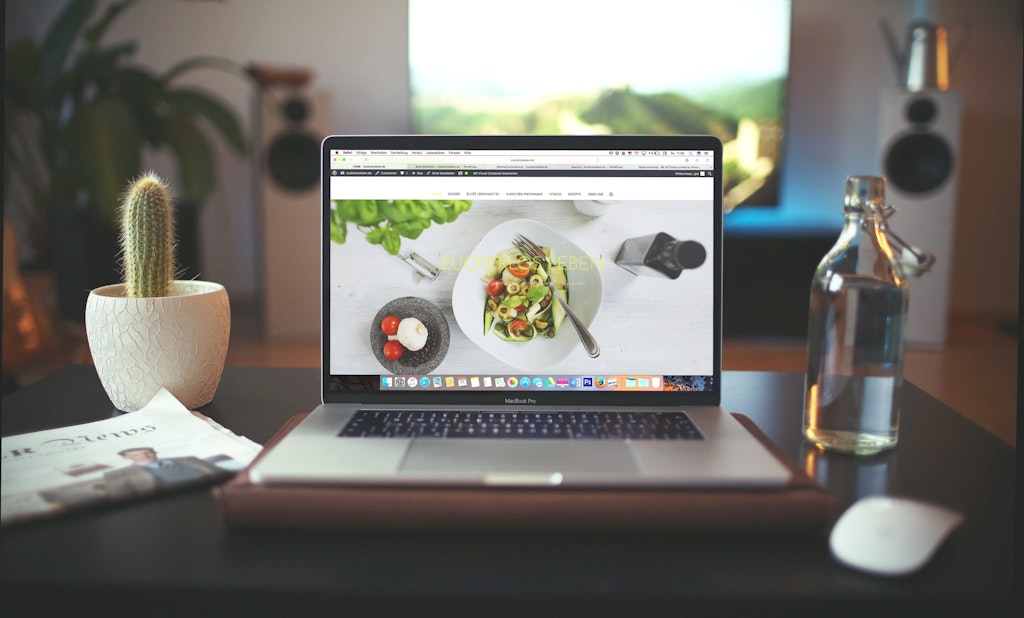
Purchase a domain name
There’s no way around it: a professional business needs a professional website in today’s digital age, so the first step in solidifying a strong marketing plan is to build out a formal site for your restaurant. You can find and purchase your ideal domain name for under $20 per year on sites like GoDaddy or Namecheap. When researching your ideal domain name you should:
- Ideally use your restaurant’s name in your domain name
- Avoid making it too long, long domain names are harder to remember and also more likely to be misspelled
- Try other top-level domains if the .com version is taken such as .kitchen, .co, .cafe, etc
Build out your website
While you won’t be the one actually developing your website, it is your job to map out the way you’d like it to look! In a document, be as descriptive as possible, and list all header tabs, content, images, etc. you’d like displayed on your site, as well as on each page. When you hire a website design company to actually build your site, they will know exactly what you’d like featured—and where—on each website page.
Include all relevant & correct information
Does your business open for fewer hours on Sundays during the summer? Will you be bringing in live music once a month on Friday nights? All of this needs to go on your website! Even more than updates, ensure that the basics—such as your restaurant’s address, phone number, and normal working hours—are all correct and featured in a prominent place on your site.
Ensure an updated menu is uploaded
People want quick access to your menu items when they’re deciding if they should visit your restaurant or when they call to place an order. Build a separate page solely for your menu, and keep it updated regularly (i.e. if you change dishes seasonally, ensure that your online menu reflects those changes).
Add online ordering
Many people prefer to order online than over the phone these days, and having an online ordering option does make things more efficient for you than taking calls every two minutes on a Saturday night. Consider incorporating an online ordering form to your website, so customers can make an order directly from you rather than using a third-party platforms that may charge high fees. Every little convenience you can offer patrons goes a long way in boosting your odds of restaurant success!
Claim your listing on Google My Business
Claiming your listing on Google My Business is free and easy to do. By claiming your business, you manage how your business information such as hours of operations, phone number, website, and directions is displayed on Google Search and Maps. Follow these steps by Google to claim your business listing. Having a Google My Business allows your business to potentially show up when someone is searching for a local restaurant near them.
Get Active on Social Media
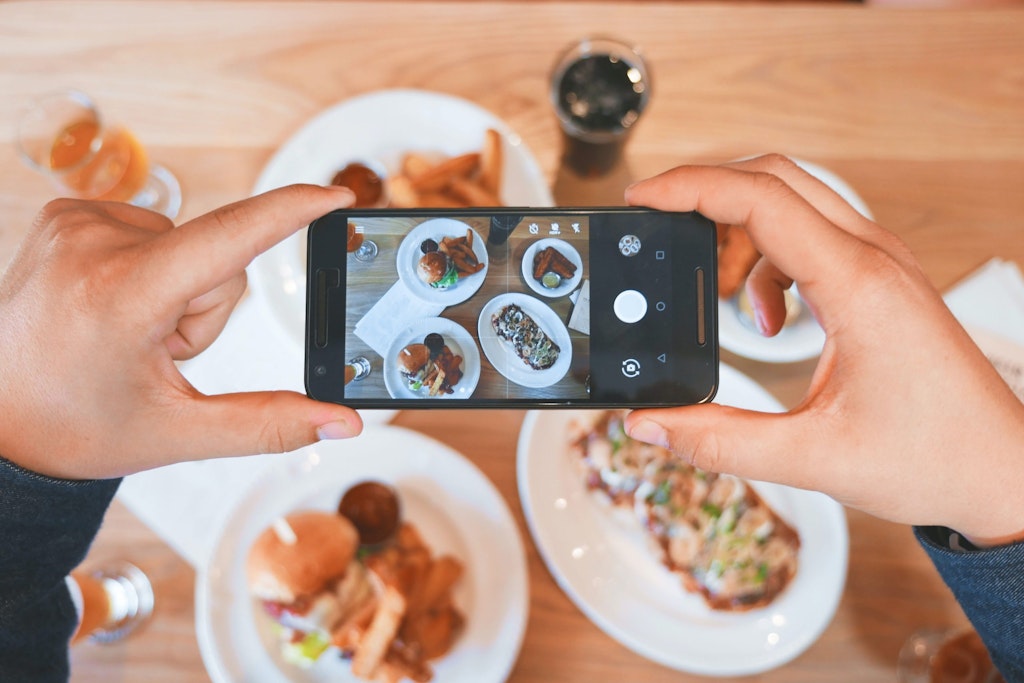
Create a Facebook account
It’s highly recommended that you’re active on some type of social media, as research shows that it takes the average person 2-4 times of viewing a service or product online before purchasing. This can apply to food, as well!
If you don’t yet have any social media presence, start with Facebook. Signing up is free and simple, and this platform is one of the most popular and influential forms of online social connection. Facebook is great for encouraging customers to share their experiences and photos of their meals, as well as for posting regular updates about your business. You’ll be able to feature your restaurant’s website link, menu, reservation button, and hours on your Facebook page, as well!
Create an Instagram account
Instagram is another great form of social media for enticing your audience with amazing photos of your food! Images work wonders for influencing customers to make purchases, especially when it comes to food. More importantly, you can set up food orders on Instagram to give your customers another way to make online orders from your business. Simply add the “Order now” button to any of your posts and people can click to order directly from your restaurant.
Create a Twitter account
While a bit less essential than Facebook and Instagram when it comes to the restaurant industry, Twitter can be an efficient and fantastic way to let you followers know about immediate updates/changes to your restaurant. Consider signing up for free!
Manage Your Reviews
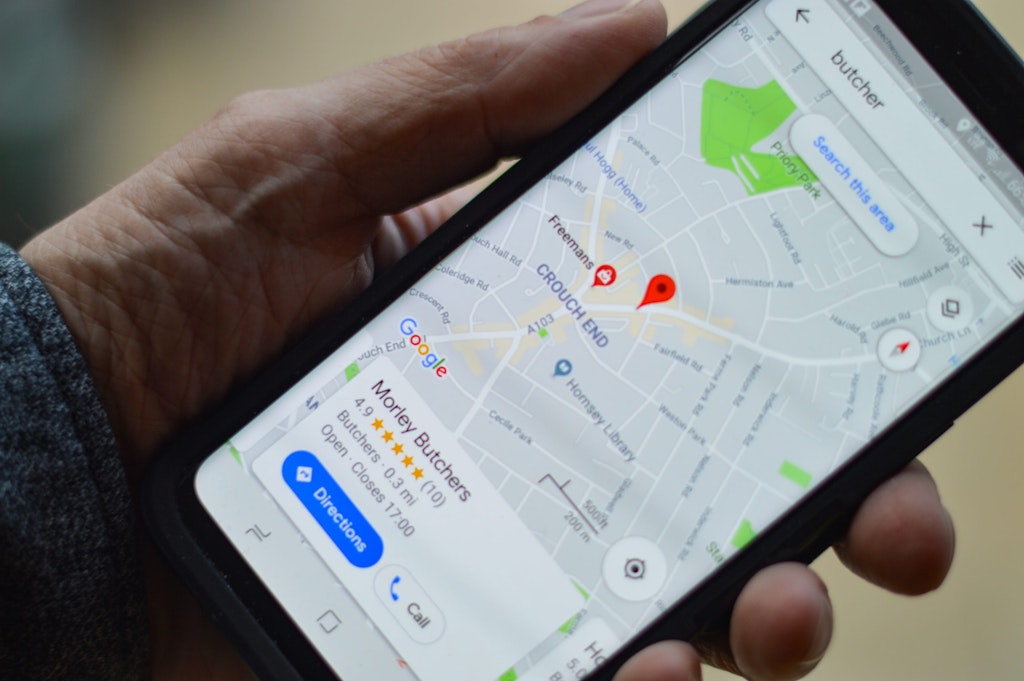
Get listed on as many review sites as possible
List yourself on as many review sites as possible such as Yelp, OpenTable, TripAdvisor, Foursquare, Zagat, Zomato, etc. Most of these sites will be free, so take advantage of being listed in as many places as possible so your customers can leave you reviews in as many places as possible. More importantly, your restaurant will be seen by even more people and will potentially get you more customers.
Respond to reviews on popular platforms
If customers are taking the time to talk about your restaurant on Yelp, OpenTable, TripAdvisor, Google, or other platforms, the least you can do is search for their feedback on these popular platforms, see what they’re saying, and:
- Respond
- Take heed of whatever customers feel could be improved in your establishment
- Thank them for leaving a review and for their feedback
Respond to good reviews
One way to really increase your establishment’s credibility and professionalism is to respond to feedback—including good feedback! All good reviews that your customers provide will do wonders for your business, as referrals count for a lot in today’s cutthroat restaurant industry. Be sure to let your loyal customers know that you’re appreciative of their positive feedback, and that their opinions are valued.
Respond to bad reviews
Be especially responsive to customers who’ve had an unpleasant experience at your restaurant. Not only is your response an opportunity to mollify them and regain their valuable business; a professional, thoughtful response also looks good to potential customers who see the review. The fact that you’ve taken the time to respond and apologize to disgruntled patrons will signal to other potential customers that you’re on the ball, and that you’re taking all feedback seriously.
Design Physical Advertising
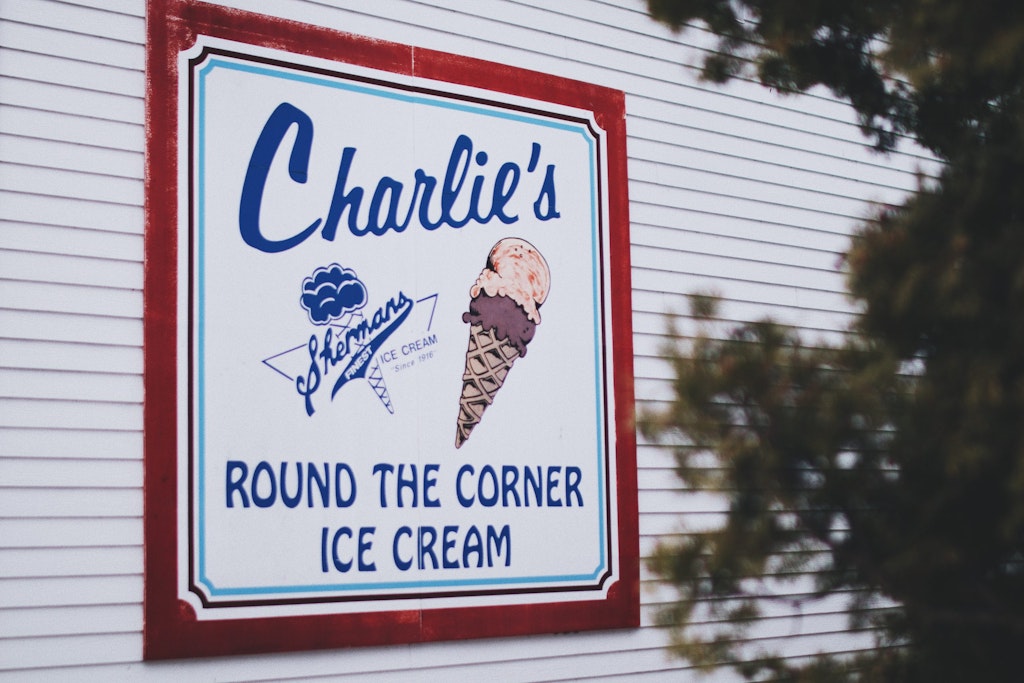
Create posters
Tangible advertising is becoming more and more rare in the digital age, so having posters and banners to market your business will help you stand out from your competitors. People are more likely to remember your business if they see it advertised while out and about, rather than if they have to go searching for it online! Physical advertising, such as posters, can be a fun and eye-catching way to increase customer awareness of restaurant. For poster designs, be sure to capture the “vibe” of your restaurant by including your restaurant logo (if you have one), as well as any slogans, taglines, etc.
Create banners
Similar to posters, all printed banners and ads should reflect the mood and theme of your restaurant, and include all relevant signage/logos to really make your business stand out to potential customers. Be sure not to claim to be something you’re not as this can leave a bad impression on potential customers.
Capitalize on menu design
Your menu can be one of the best physical advertising tools you have at your disposal, so take the opportunity to really make your menu pop. Include a distinct theme and logo that reflect the vibe of your restaurant—you can even include a plastic sleeve on the back of each menu for flyer insertion to make customers aware of special restaurant events, opportunities, etc.
Disclaimer
Coast and their collaborators provide this resource as a service to the public. Coast and their collaborators’ are not responsible for, and expressly disclaims all liability for, damages of any kind arising out of use, reference to, or reliance on any information contained within this website.
Please note that this template is provided as an example only. It does not replace your own diligence & research, including workplace, health and safety or other applicable laws. You should seek professional advice to determine if the use of this resource is appropriate or permissible in your workplace or jurisdiction.



